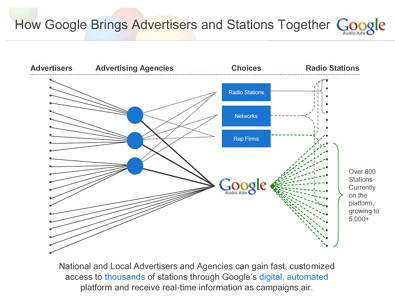My buddy Chuck posted the following to his blog (AgWired) today:
“Hi there AgWired fans. This morning I’m doing a new media presentation with the folks at John Deere and their agency, BCS Communications. This is an example post for the presentation.”
So what? For many (most? all?) of the people in the room, updating a web page is a Dark Art. Magic. At the very least, a pain in the ass. Some person or persons (or a committee) has to approve the copy and then send it to the web people and –eventually– the web page gets updated.
Chuck just logged in to his Word Press account. Bangs in the copy above…hits the submit button…and publishes for the world to see. It took less time than it is taking me to tell you about it.
I’ve used this analogy before but it’s a good one. When a room full of execs see a demo like this (I wasn’t there but I’ve done a few of these)… it’s like the scene in every Tarzan movie with the Great White Hunters “make fire come from stick,” or when they crank up the movie projector (where did they plug it in?) for the pygmies.

 In the first new Mac ad, PC is getting surgery in order to receive all sorts of upgrades to run Windows Vista. Tech Support involves the PC receiving a camera upgrade (via masking tape to the head) so that he can do important business things like videoconference, only to find out that Macs come with built-in iSights now so they don’t need to upgrade. In Sabotage, the PC has decided to sabotage the commercial altogether and replace the Mac with another actor who says everything the PC wants him to say. [Infinite Loop]
In the first new Mac ad, PC is getting surgery in order to receive all sorts of upgrades to run Windows Vista. Tech Support involves the PC receiving a camera upgrade (via masking tape to the head) so that he can do important business things like videoconference, only to find out that Macs come with built-in iSights now so they don’t need to upgrade. In Sabotage, the PC has decided to sabotage the commercial altogether and replace the Mac with another actor who says everything the PC wants him to say. [Infinite Loop]